What is Femoroacetabular Impingement?
The hip joint is a type of ball and socket joint which is made of the the femoral head (the top of the thigh bone which is shaped like a ball) and the acetabulum (part of the pelvis which forms a socket for the ball to sit in).
Femoroacetabular Impingement (also shorted to FAI) occurs when either the ball or the socket are abnormally formed.
This results in the ball and socket rubbing abnormally against each other. This causes the hip joint to wear out, causing damage to structures that are important to the proper function of the hip such as:
- cartilage damage
- labral tears
- ligamentum teres tears
- and eventually osteoarthritis of the hip.
FAI is a common condition, affecting 25% of people and is one of the most common causes of hip arthritis.
There are 2 types of FAI.
- CAM impingement. The bone abnormality is located on the ball.
- PINCER impingement. The bone abnormality is located on the socket.
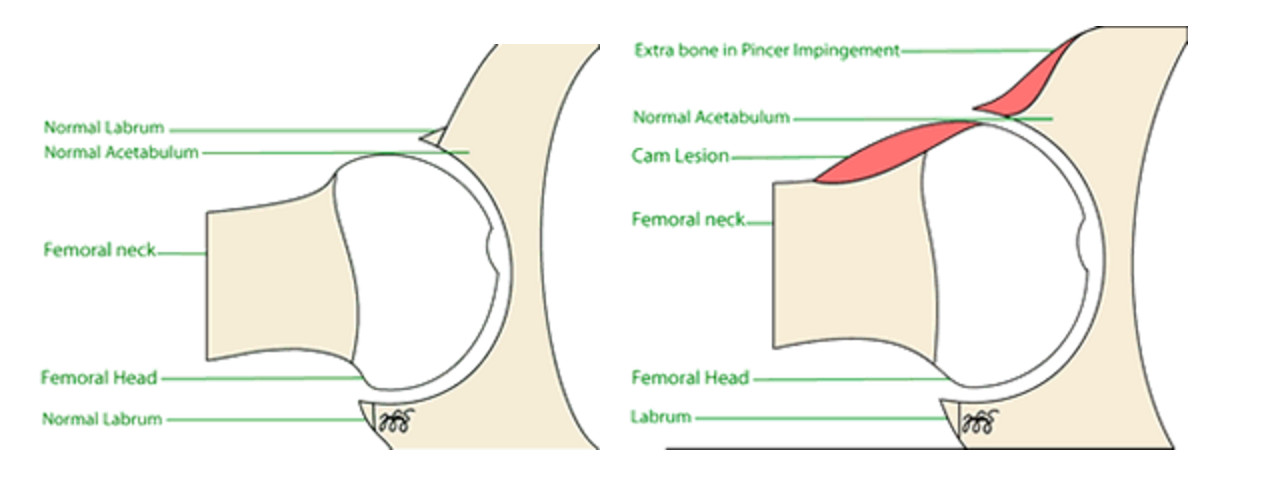
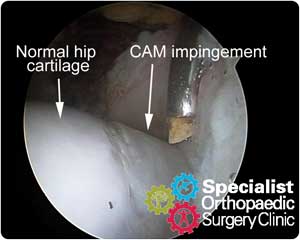
-
Symptoms
What are the symptoms of FAI?
If you have FAI, you will have discomfort in your groin. Sometimes the pain can radiate to your lower back or front of you hip.
Initially, the pain may only felt whilst playing sport.
With time, you may feel pain with any movement that brings your knees towards your chest, such as:
- sitting in low chairs
- getting up from chairs
- driving
- putting on your socks and shoes
- picking things off the ground
- climbing stairs
-
Causes
25% of people have femoroacetabular impingement.
FAI is something that develops when you are growing during your teenage years.
Although it hasn’t been confirmed yet, it is probably genetic, and something that often is common between family members.
It may also develop due to the way that your growth plate may develop over time. Your growth plate is where the bone grows during childhood and teenage years.
Most people don’t know they have FAI until it has caused damage to the hip joint.
It is important to see a doctor as soon as you can it you have groin or hip pain. A simple Xray can often diagnose the problem.
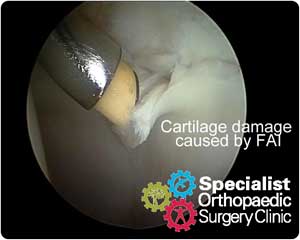
-
Risk Factors
What are the risks of FAI?
Untreated, FAI can cause major damage to your hip joint. The abnormal friction between the ball and the socket causes the hip joint to wear out, causing damage to structures that are important to the proper function of the hip such as:
- cartilage damage
- labral tears
- ligamentum teres tears
- and eventually osteoarthritis of the hip.
Some people are more at risk of developing problems with FAI. These include:
- Certain Sports. Sports that involve twisting of your hip and hip flexion
- Certain jobs. Manual labourers.
- Genetics. Often, many people from the same family have the same problem.


-
Investigations
What investigations are needed to diagnose FAI?
A well trained doctor can using suspect FAI from your symptoms and an examination of your hip.
A number of investigations can help in the diagnosis of a labral tear:
- Xray. Specialised Xrays can help look at the shape of your hips. A standard xray of your hip and pelvis is not enough, as it often misses the abnormal hip shaped in FAI.
- CT scan with 3D reconstruction. This is an excellent test for diagnosing FAI and shows the 3D anatomy of your hip. It helps plan the operation by showing the exact location and amount of bone that needs to be removed.
- MRI scan. Is a good test to show a labral tear which is commonly found in association with FAI.
-
Complications
What problems does FAI cause?
FAI is one of the major causes of hip osteoarthritis.
The extra bone on the ball (femoral head) and the socket (acetabulum) causes abnormal contact and friction. This leads to grinding of hip joint leading to:
- labral tears
- cartilage damage
- ligamentum teres tears
- arthritis of the hip.


-
Treatment
Femoroacetabular impingement can be treated with hip arthroscopy.
During the procedure, the damage in your hip joint can be assessed and treated.
There are many structures in your hip that can be damaged due to FAI.
- Ligamentum Teres Tears. These tears can be trimmed and stabilised. The inflammation can be removed.
- Labral Tears. These can be repaired with suture anchors.
- Cartilage damage. The unstable cartilage can be removed and the underlying bone can undergo a process called microfracturing. Which encourages new cartilage to reform.
- Pincer Impingement. These bone spurs can be removed with specialised burrs.
- CAM Impingement. These bone bumps can be removed so that your hip movement is regained, and less damage is done to your hip in the future. Thereby improving your symptoms and making your hip last longer without the wear and tear caused by the CAM or Pincer Impingement.
- Femoral Cysts. These can be removed.
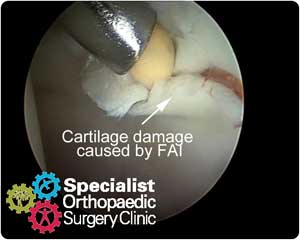
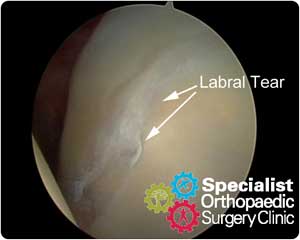
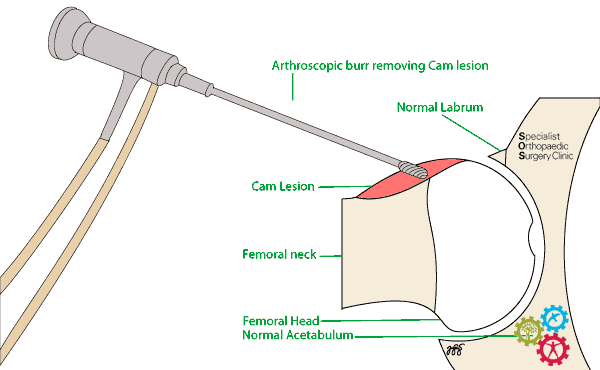
-
Seeking Advice
Your Family Doctor (GP)
Your Family Doctor will be able to diagnose and help treat your problem. He or she will be able to
- tell you about your problem
- advise you of the best treatment methods
- prescribe you medications
- and if necessary, refer you to anOrthopaedic Surgeon for further treatment
Sports Physician
Is a doctor who specialises in sports injuries. A Sports physician is well trained to diagnose FAI and help you though your treatment before and after your surgery.
Physiotherapist
The physiotherapy for FAI is highly specialised and requires extra training. Standard hip exercises can actually make the pain worse and delay your recovery. A well trained physiotherapist can show you which exercises to perform, and which not to perform.
Orthopaedic Surgeon
An orthopaedic surgeon trained in hip arthroscopy will be able to treat your FAI. As hip arthroscopy is a specialised technique, your orthopaedic surgeon may need to refer you to a surgeon who has been trained in the technique.


-
Prevention
Certain Sports can lead to damage of the hip due to FAI. Although 25% of people have FAI, not all of those people with go onto cartilage damage, pain and arthritis.
It all depends on how much the bone bumps grind into the hip joint.
Certain sports involve alot of hip joint movement and grinds the bump into the hip joint. These sports involve alot of twisting and hip flexion.
- AFL football
- hockey
- netball
- athletics
- dancing
- swimming
- rugby
If you play sports and have hip or groin pain, you should see your doctor as soon as possible as you may have FAI.
Everyone has a different natural rotation of their hip and it is important to exercise using that natural hip rotation.
Running. Some people should run with their feet pointing straight forward, while other people are naturally pigeon-toed or duck-footed. You should run and jog according to what feels right and most natural.
Cycling. If you find that you cycle with your knees pointing outwards rather than straight up and down, it is important that you don’t were bicycle cleats, which will force your hips into internal rotation and potentially damage your hips.
-
FAQ’s
What is the recovery like after FAI surgery (hip arthroscopy)?
Most people can go home the next morning.
It’s best to take at least 2 weeks off work to recover properly.
- Office work: 2 weeks
- Manual work: 6 weeks
A full regime of return to sport and work will be tailored to your needs by our physiotherapy team. In general:
- 4 weeks: stationary cycling
- 6 weeks: slow tread-mill until running.
Did you know?
studies have shown that 1 in 4 people have a hip abnormality called FAI.
FAI has been linked to be one of the major causes of hip osteoarthritis
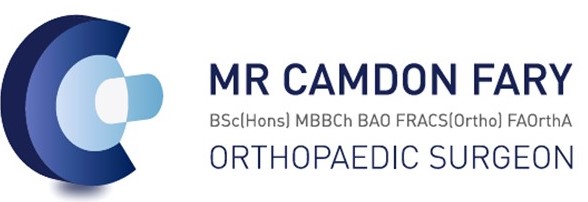
You must be logged in to post a comment.